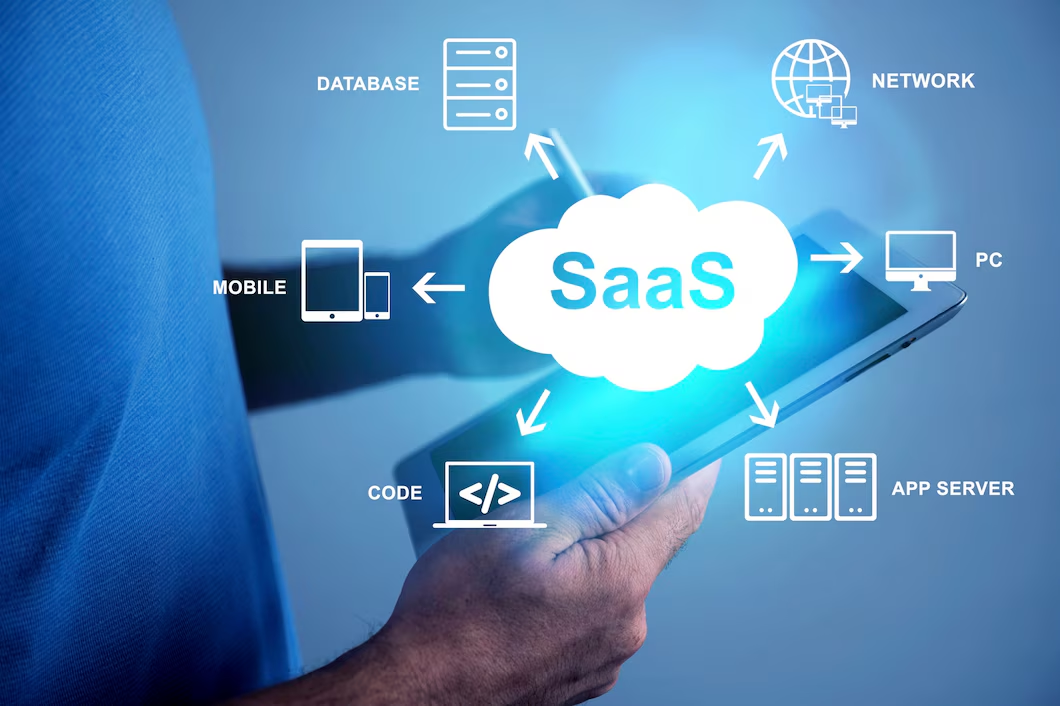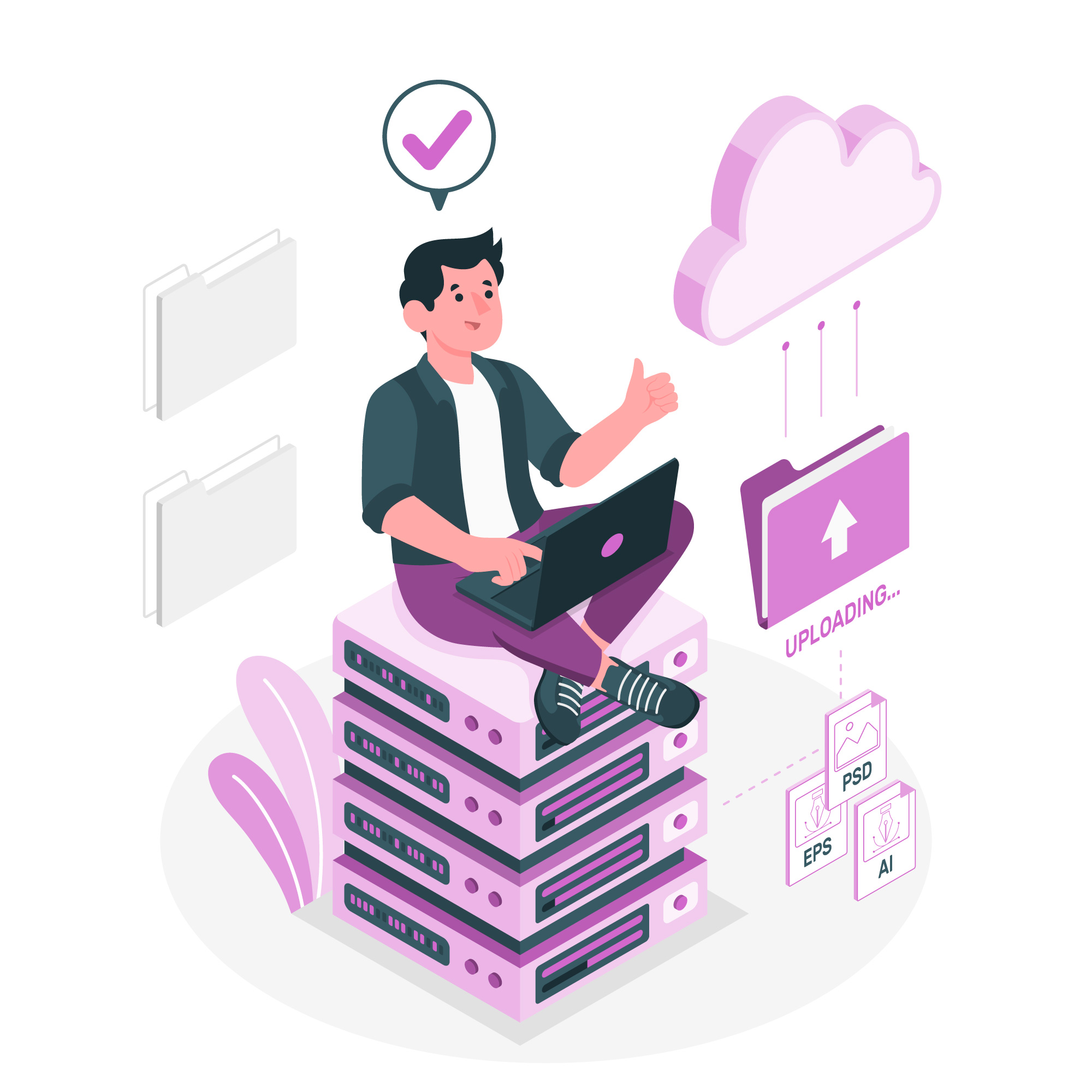CubeAISolutionsTech



Our cloud engineering services encompass cloud migration planning, execution, and optimization. Ensuring a seamless transition to the cloud while maximizing performance, scalability, and cost efficiency. We design and deploy cloud infrastructure solutions tailored to the unique needs and requirements of businesses, leveraging best practices, automation,and scalability to deliver robust and reliable architectures.
How Cloud Engineering Changes the World in
Technology Perspective:
Cloud engineering enables businesses to
scale their infrastructure dynamically,
adapting to changing demands and
optimizing resource utilization.

By leveraging cloud services,
businesses can reduce upfront capital
expenditures and
operational costs,
paying only for the resources they
consuming and optimizing costs
through resource optimization and
automation.
Cloud engineering facilitates global
accessibility to data and applications,
enabling seamless
collaboration, real-
time communication, and distributed
workforce management.

Cloud platforms provide a fertile
ground for innovation, empowering
businesses to experiment
with
emerging technologies, rapidly
develop and deploy new solutions,
and stay ahead of
the competition.
Businesses are adopting multi-
cloud and hybrid cloud
strategies to leverage the
strengths of different cloud
providers and optimize
performance, reliability, and
cost-effectiveness.


Edge computing is emerging
as a key trend, enabling
low-latency processing and
real-time
insights by moving
computation closer to the
data source, supporting use
cases such as
IoT, AI
inference, and content
delivery.


Serverless computing is
gaining traction, allowing
businesses to focus on
application
development
and innovation without
managing infrastructure,
scaling automatically, and
paying only for the
resources used.


Businesses are adopting multi-
cloud and hybrid cloud
strategies to leverage the
strengths
of different cloud
providers and optimize
performance, reliability, and
cost-effectiveness.


Edge computing is emerging
as a key trend, enabling
low-latency processing and
real-time
insights by moving
computation closer to the
data source, supporting use
cases such as
IoT, AI
inference, and content
delivery.


Serverless computing is
gaining traction, allowing
businesses to focus on
application
development
and innovation without
managing infrastructure,
scaling automatically, and
paying only for the
resources used.


